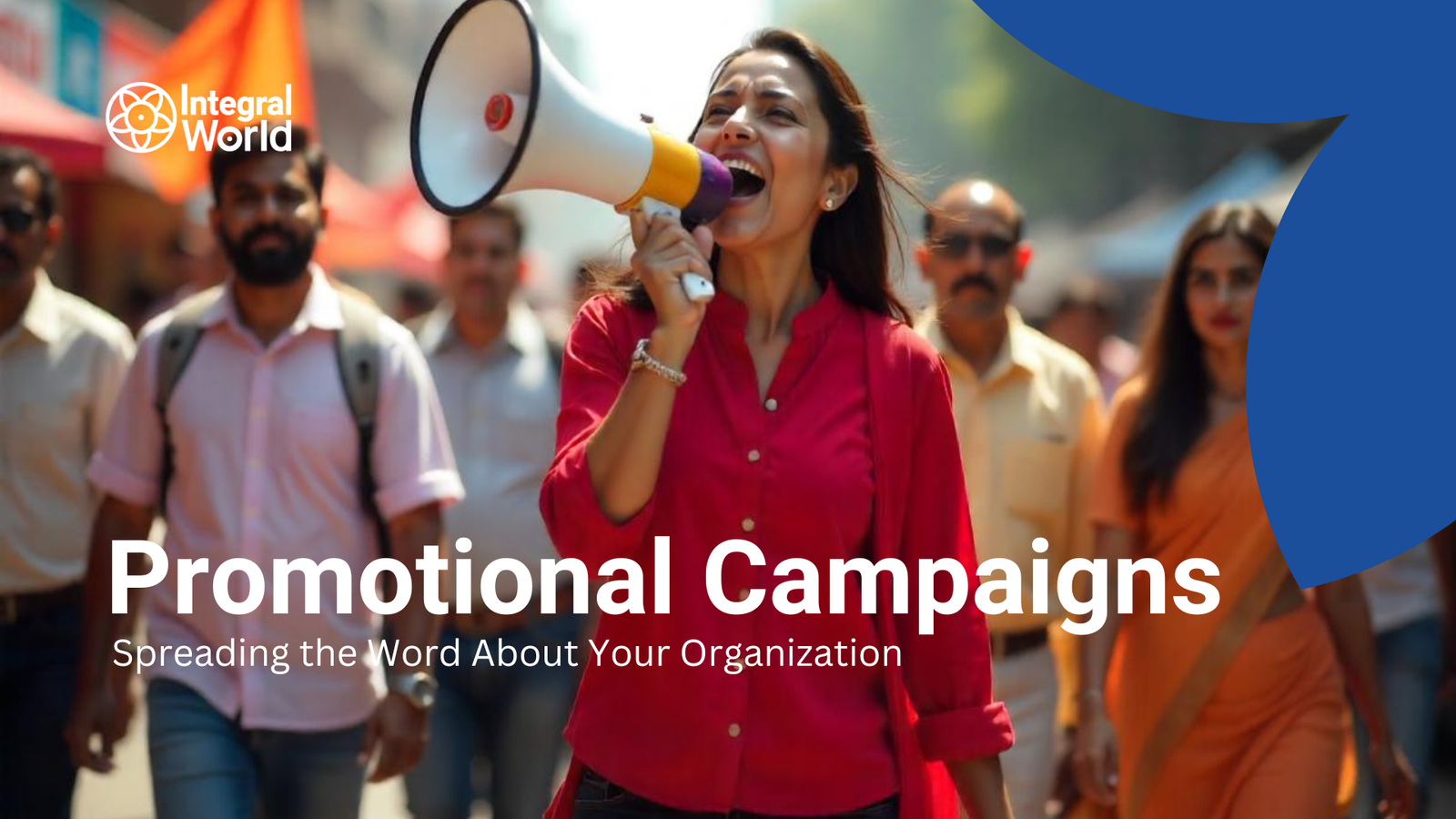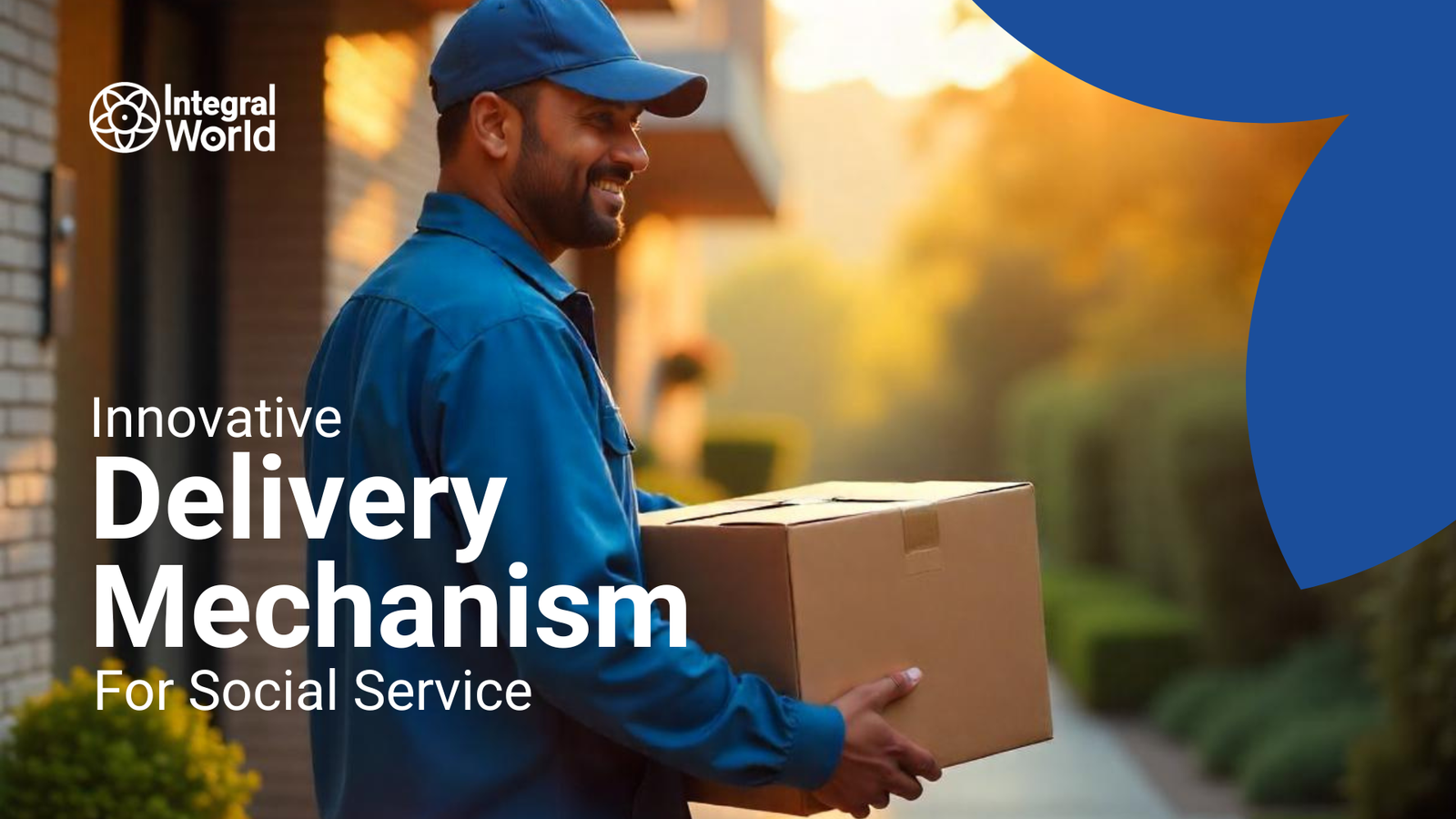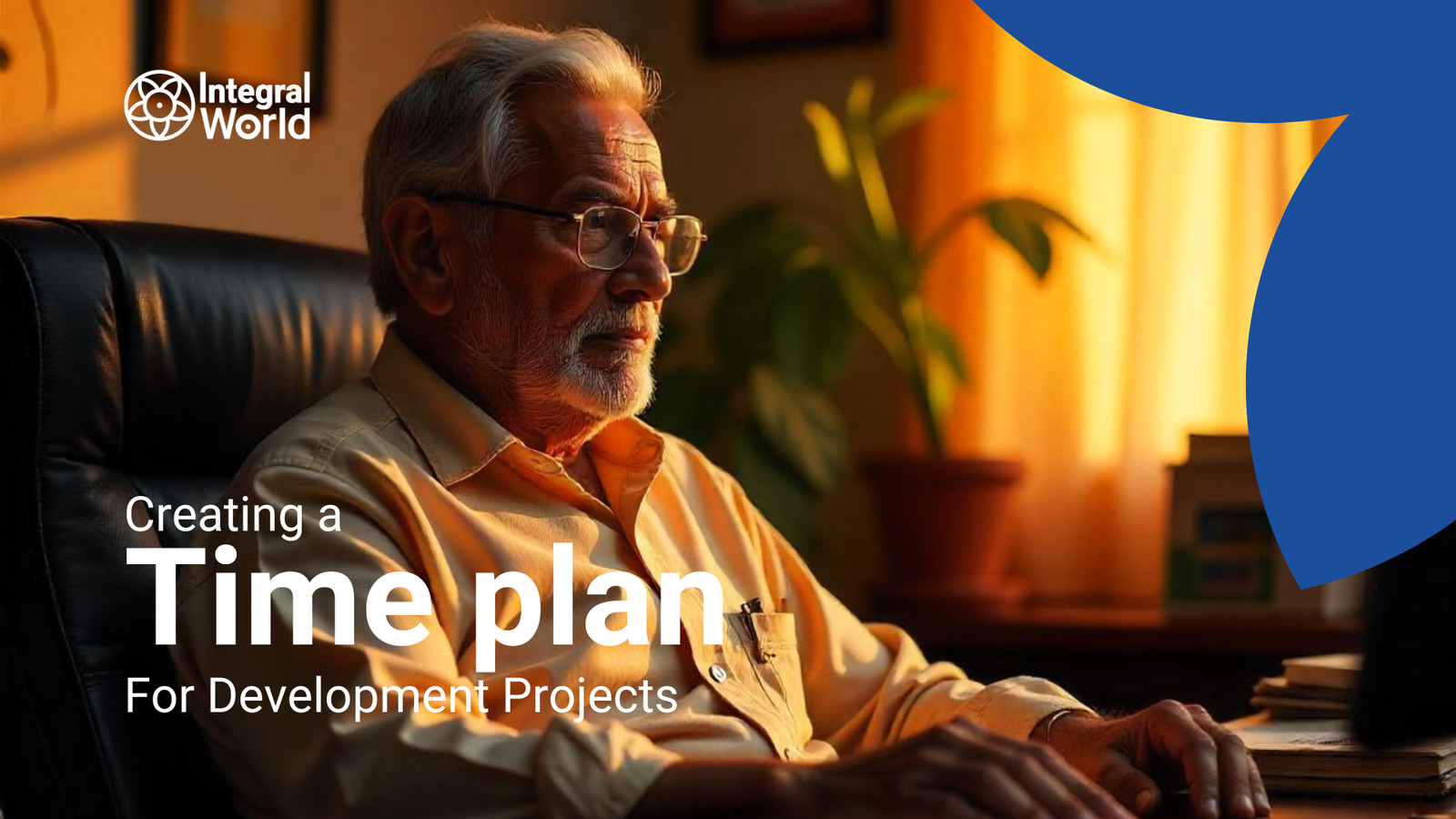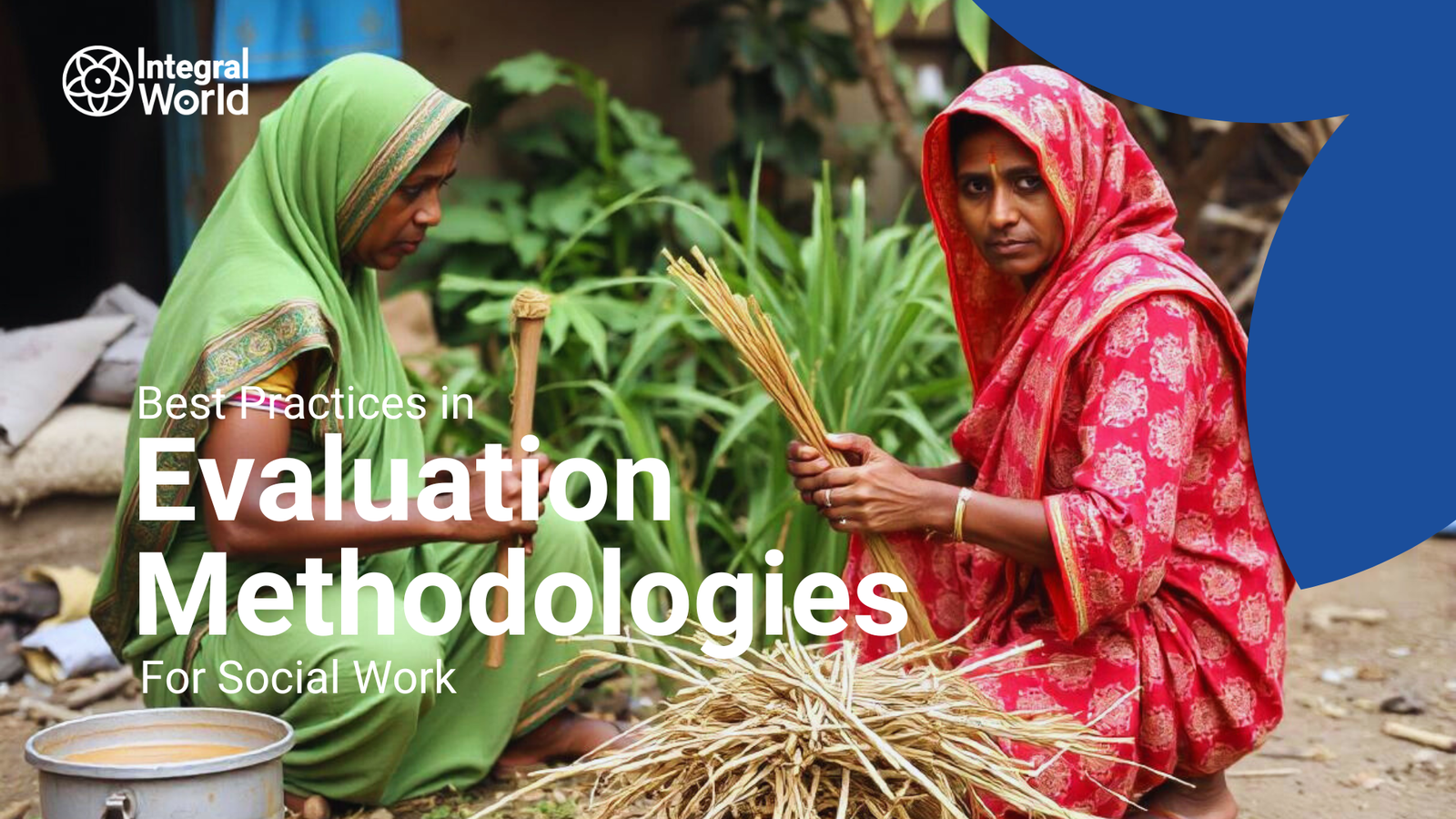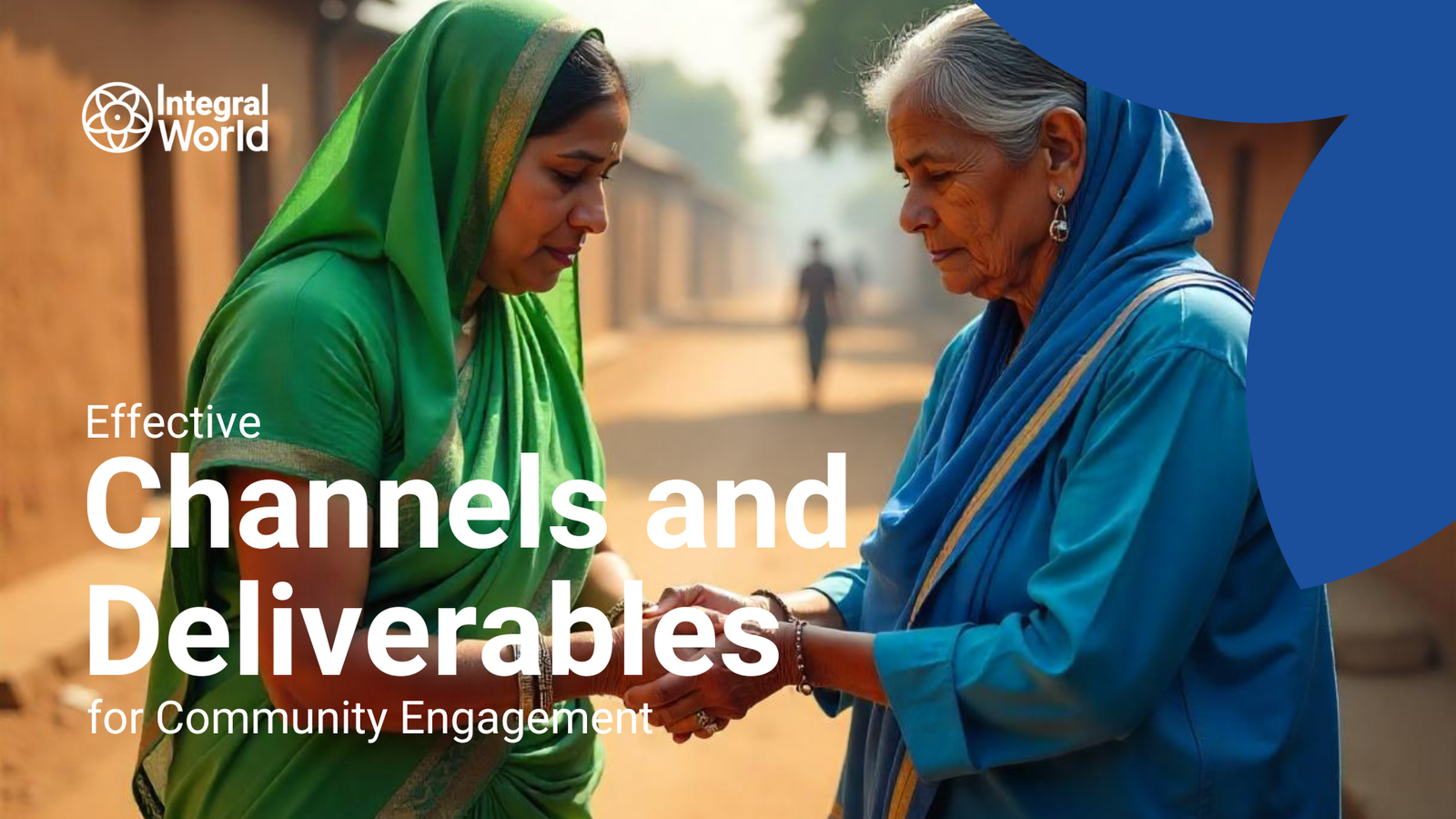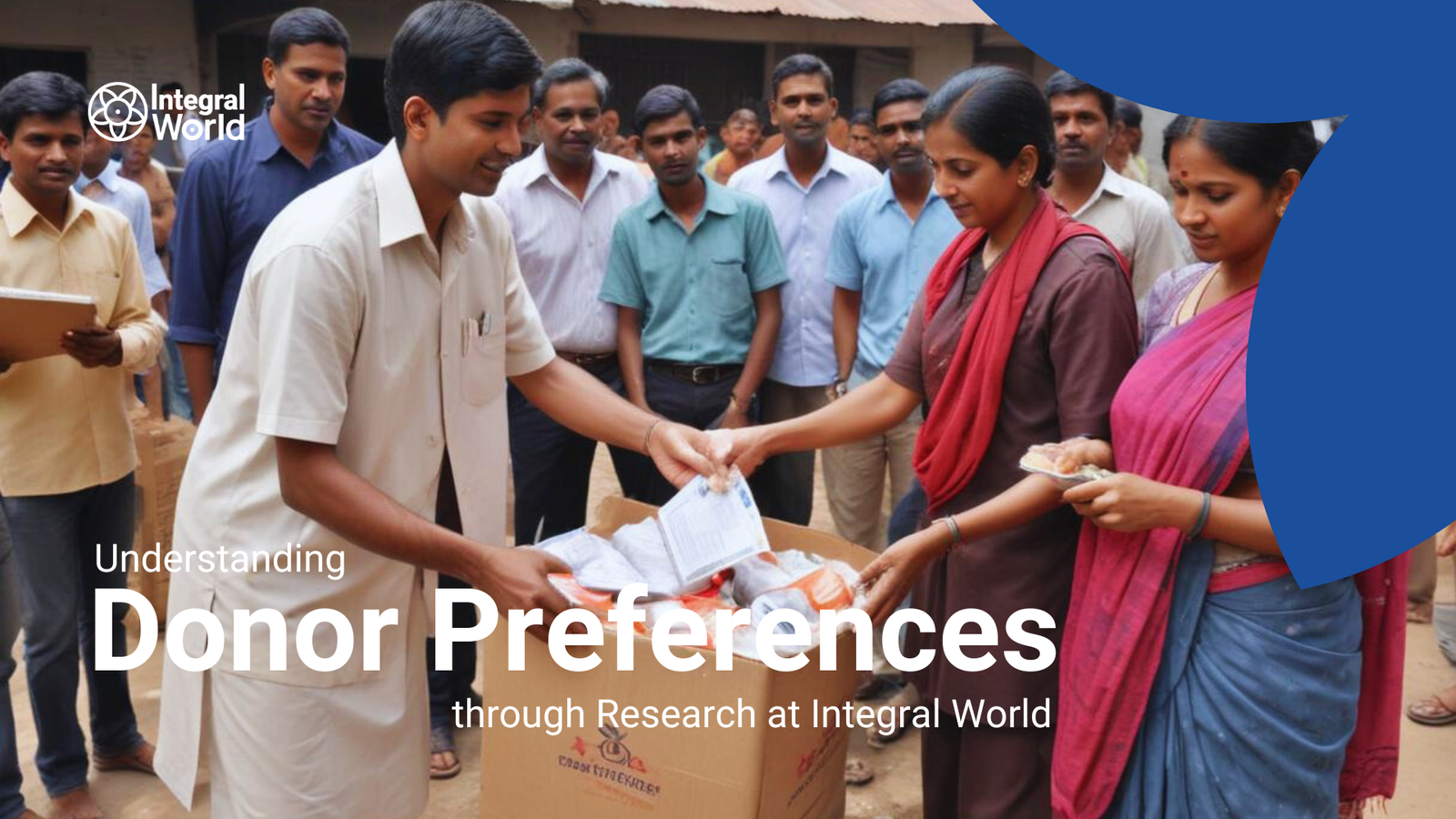Raising awareness is key to driving change in social development. At Integral World, we leverage strategic advertising to educate and involve communities, offering practical engagement strategies and examples to position ourselves as leaders in sustainable development initiatives.
Continue readingPromotional Campaigns – Spreading the Word About Your Organization
Integral World, like many non-profits, relies on promotional campaigns to drive awareness and support for sustainable development. This guide offers strategies, case studies, and expert insights to help organizations design effective campaigns that resonate with and engage stakeholders.
Continue readingConducting Gap Analysis to Improve Project Performance
A gap analysis is a powerful tool for identifying areas of improvement in organizations, helping allocate resources effectively to achieve goals. This article explores its role in enhancing project performance and driving sustainable development at Integral World
Continue readingStrategic Positioning – Standing Out in the Development Sector
Strategic positioning is essential for organizations like Integral World to drive sustainable development. Through targeted workshops and training, this NGO strengthens communities, overcomes resource challenges, and aligns activities to a clear value proposition in the competitive development sector.
Continue readingInnovative Delivery Mechanisms for Social Services
Integral World emphasizes innovative approaches to social service delivery, addressing critical issues like poverty, healthcare, education, and housing. Through sustainable development, we aim to create positive, lasting change within communities by enhancing impact and meeting evolving societal needs.
Continue readingCreating a Time Plan for Development Projects
Discover expert insights on creating efficient time plans for development projects to ensure success, reduce costs, and meet objectives with Integral World.
Continue readingBest Practices in Evaluation Methodologies for Social Work
Discover how Integral World uses evaluation to ensure program effectiveness, transparency, and continuous improvement in sustainable development
Continue readingEffective Channels and Deliverables for Community Engagement
Community engagement is key to sustainability. This article guides organizations like Integral World in choosing the best channels and deliverables to build connections, boost participation, and achieve long-term goals.
Continue readingCrafting an Essence Proposition for Social Work Initiatives
An essence proposition defines an organization’s core identity and purpose. For Integral World, it can expand influence in sustainable development. This article offers insights from scholars and practical tips for crafting a strong essence proposition for NGOs.
Continue readingUnderstanding Donor Preferences through Research
Understanding donor preferences and involving communities are key to sustainable non-profit programs. Discover practical strategies and real-world examples in this guide from Integral World.
Continue reading

